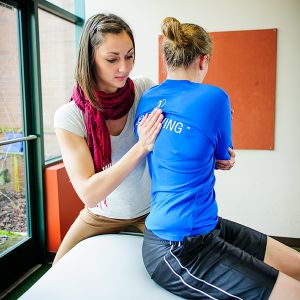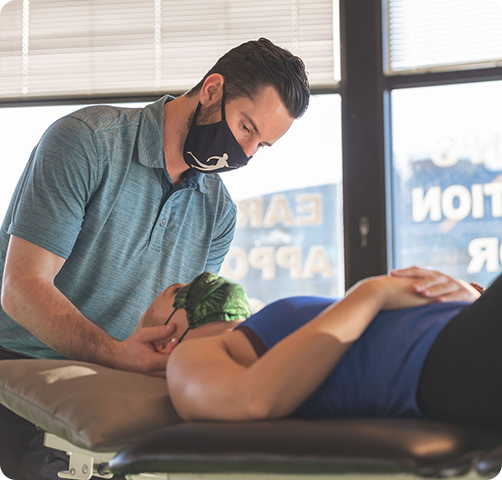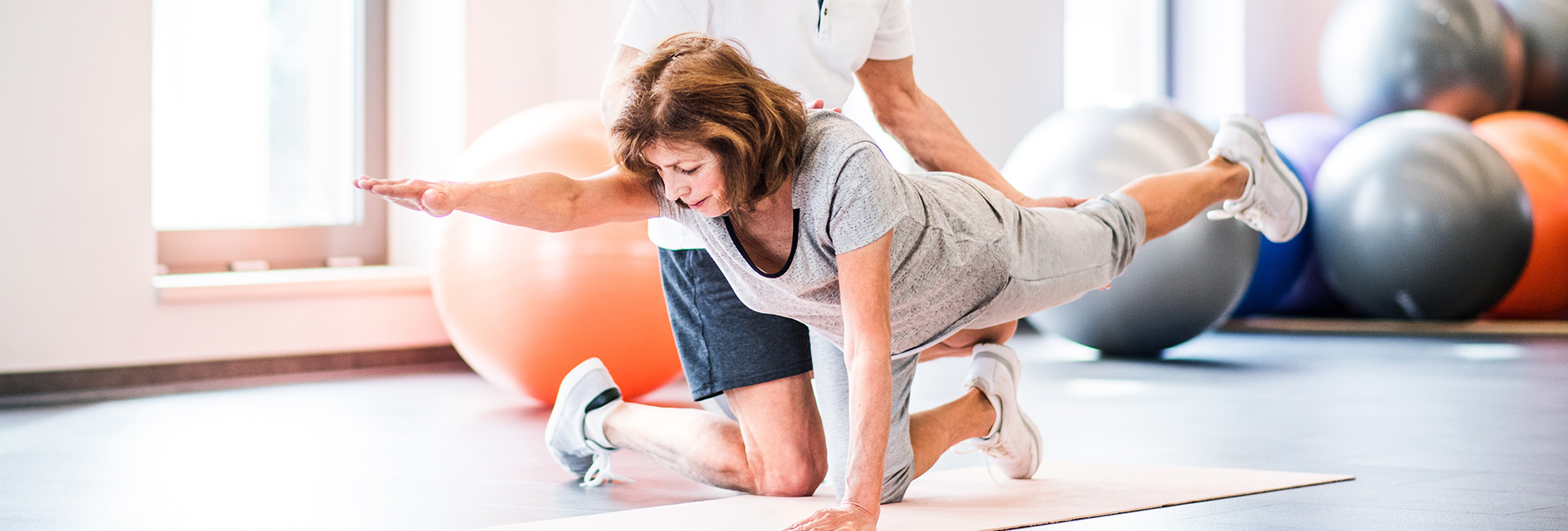Relief Through Physical Therapy
It’s been estimated that more than 80 percent of all adults will suffer back pain at some point during their lives. Add to that the millions of people who deal with neck injuries and pain and the millions more who battle with regular headaches, and you can easily see why so many doctor visits and physical therapy visits are devoted to addressing these health problems.
Almost everything you do requires the use of the low back, yet at any given point in time, 1 in 4 people are facing low back pain that interferes with work, routine daily activities, or recreation. Although it is common, low back pain is often misunderstood and left untreated. Similarly, people often opt to “wait it out” when they find themselves facing sudden onset of neck pain that occurs without any specific injury.
Physical therapy is one of the most effective ways to decrease pain, improve function, and return people to their normal work and activity level. Our physical therapists will use their evaluation and clinical reasoning skills to develop a customized treatment plan to help you attain the best outcome in the shortest time possible.
We offer comprehensive, expert treatment for a variety of neck and back problems. Because no two patients are the same, each patient’s specific treatment plan may use one, two or several therapies and/or modalities to help reduce or eliminate pain and increase mobility, strength, flexibility and function. Evidence-based physical therapy may include manual therapy, therapeutic exercises and education – specifically regarding body mechanics and ergonomics.

Causes of Neck and Back Pain
Back pain, especially in the lower back, often occurs due to overuse, strain, or injury. Age-related changes in bone strength, muscular tone and elasticity, and the disc structure can also leave the low back extra susceptible to injury. Overuse can be caused by too much bending, twisting, or lifting, and sometimes by too much sitting. Strains are caused by either too much force or the use of improper body mechanics. Just as often, however, the actual cause of low back pain isn’t known.
Sudden onset of neck pain that comes without any specific injury and is worse in the morning can be the result of inflammation, which can be caused by irritation of discs, joints, or other neck tissues. This inflammatory process can be caused by poor posture, muscle length imbalance, poor body mechanics or ergonomics, and muscle weakness. If your physical therapist suspects that your pain might be caused by a serious health condition, they will refer you to other health care professionals for evaluation.
Diagnosis & Treatment
Physical therapy is a safe treatment for people with neck and back pain. Physical therapists treat pain through movement, hands-on care, and patient education. Your physical therapist will perform a thorough evaluation that includes:
- A review of your health history.
- Questions about your specific symptoms.
- Tests to identify any problems with posture, flexibility, muscle strength, joint mobility, and movement.
- Tests to identify signs or symptoms that could indicate a serious health problem such as broken bones or cancer.
- Assessment of how you use your body at work, at home, during sports, and at leisure.
Did You Know?
Participating in regular strengthening exercises can also help the strength and flexibility in your neck, back, core, and leg muscles.
We offer comprehensive, expert treatment for a variety of neck, back and spine problems. Treatment is always customized to individual patients and designed collaboratively to align with your unique needs and is centered on your goals.
- Nerve issues
- Disc problems
- Low back pain
- Muscle spasms
- Whiplash injuries
- Sciatica
- Postural pain
- Stiffness
- Radiating pain
- Postsurgical back rehab

